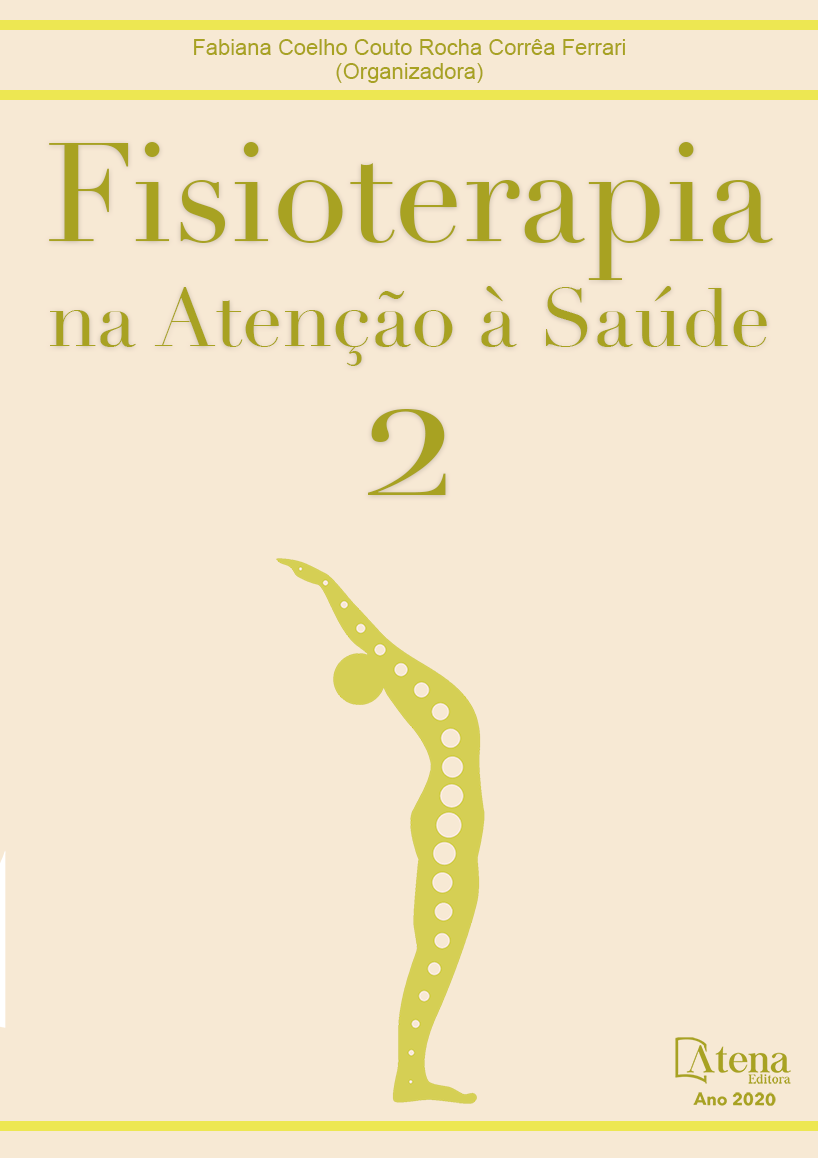
EVIDÊNCIAS CIENTÍFICAS DOS EFEITOS DA LASERTERAPIA DE BAIXA POTÊNCIA NA DISFUNÇÃO TEMPOROMANDIBULAR: UMA REVISÃO BIBLIOGRÁFICA
Os sinais e sintomas da disfunção temporomandibular (DTM) estão presentes em 86% da população, apresentando dores e ruídos articulares além de limitação da articulação. A principal justificativa do uso do laser de baixa intensidade (laserterapia) nas DTMs é devido ao seu efeito analgésico, anti-inflamatório e reparador tecidual com modulação de atividade celular. O trabalho busca identificar através de uma revisão bibliográfica a eficácia da utilização do laser de baixa potência no tratamento da disfunção temporomandibular. Encontrou-se 49 artigos nas bases de dados PubMed, SciELO e Portal Regional da BVS, através dos descritores: Laser, Disfunção temporomandibular, e Fisioterapia. Incluíram-se estudos completos em inglês ou português, que abordasse o uso da laserterapia no tratamento da DTM. Foram excluídos trabalhos do tipo revisão, duplicados, incompletos, teses e dissertações. Após a aplicação desses critérios permaneceram quatro artigos. Verificou-se na literatura, que os artigos que usaram o laser como terapias analgésicas obtiveram melhora significativa da dor depois de cada atendimento, a sensibilidade avaliada mostrou bons resultados durante as sessões, e após o tratamento a abertura bucal máxima aumentou. A laserterapia possui grande potencial para alívio da dor na DTM após as primeiras sessões.
EVIDÊNCIAS CIENTÍFICAS DOS EFEITOS DA LASERTERAPIA DE BAIXA POTÊNCIA NA DISFUNÇÃO TEMPOROMANDIBULAR: UMA REVISÃO BIBLIOGRÁFICA
-
DOI: 10.22533/at.ed.27920180811
-
Palavras-chave: Laserterapia, Disfunção temporomandibular, Fisioterapia.
-
Keywords: Laser Therapy, Temporomandibular Disorders, Physical Therapy.
-
Abstract:
The signs and symptoms of the temporomandibular disorders (TMD) are present in 86% of the people who suffer from pain and joint noises in addition to articular limitation. The main justification for the use of the low intensity laser (laser therapy) on TMDs is due to it’s analgesic, anti-inflammatory and tissue restorative proprieties, with cellular activity modulation. Identify through a bibliographical review the effective use of the low power in the treatment of temporomandibular disorders. 49 articles have been found in the PubMed, SciELO and Portal Regional da BVS databases, throughout the descriptors: Laser, Temporomandibular disorder, and physical therapy. Complete studies in Portuguese or English were included, in which would be addressed the usage of laser therapy in the TMD’s treatment. Review, replicated, incomplete, thesis and dissertation type assignments were excluded. Upon the implementation of those requirements, 4 articles remained. It has been found in the literature that the articles which used laser as an analgesic therapy attained a significant improvement of the pain after each appointment, the sensibility evaluated showed good results during the sessions, and after the.
-
Número de páginas: 6
- Leticia de Deus da Silva Sales
- Sarah Lays Campos da Silva
- Amanda Virginia Teles Rocha
- Daniel da Silva Gomes
- Vandelma Lopes de Castro
- Ana Talita Sales da Silva
- Lucília da Costa Silva
- Celina Araújo Veras
- Paulo Roberto Pereira Borges
- Caroline Rodrigues de Barros Moura
- Luana de Moura Monteiro
- Larissa Kelly de Araújo Cardoso


